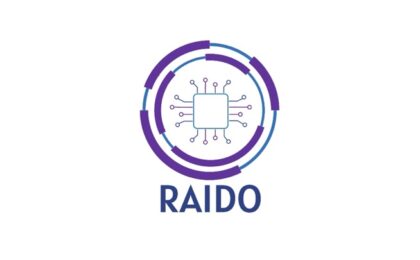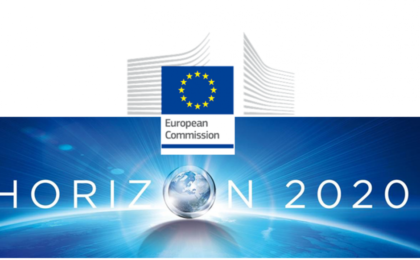Keynote: Risk and Resilience: Past and FutureDr. Igor LinkovCarnegie Mellon University and US Army Engineer Research and Development Center
19. 0ctober 2015, Aula Caminetto (10:30-13:00) – Distributed Systems and Internet Technolgy Lab (DISIT) – Deparment of Information Engeenering (DINFO), Via S. Marta, Firenze
Risk-based approaches have been used to predict global change and mitigate consequences associated with changing environment. Risk assessment requires quantifying the risk of each component of a system and its associated uncertainties. Quantification’s goal is to identify each component’s contribution to the overall risk to ascertain if one component poses substantially more risk than the others. If so, that component becomes the basis for developing a quantitative benchmark, which becomes the de facto risk-based standard. The rapid technological evolution, unprecedented nature, and extent of emerging threats defy us to enumerate the potential hazards, much less estimate reliable probabilities of occurrence and the magnitude of consequences. Thus, a comprehensive approach to protecting the nation’s critical infrastructure, economy, and well-being must be risk based—not risk exclusive—and it must not end at risk assessment but rather provide a way for decision makers to make their organizational systems resilient to a range of threats within specific cost and time restraints.. Managing for resilience requires ensuring a system’s ability to plan and prepare for a hazard, and then absorb, recover, and adapt to the hazard. This, coupled with a systems view, in which systems are defined as containing components across physical, information, cognitive, and social environments in which the system exists, is the basis for resilience. Decision analytical tools and Network Science approaches can be used to quantify resilience.
















